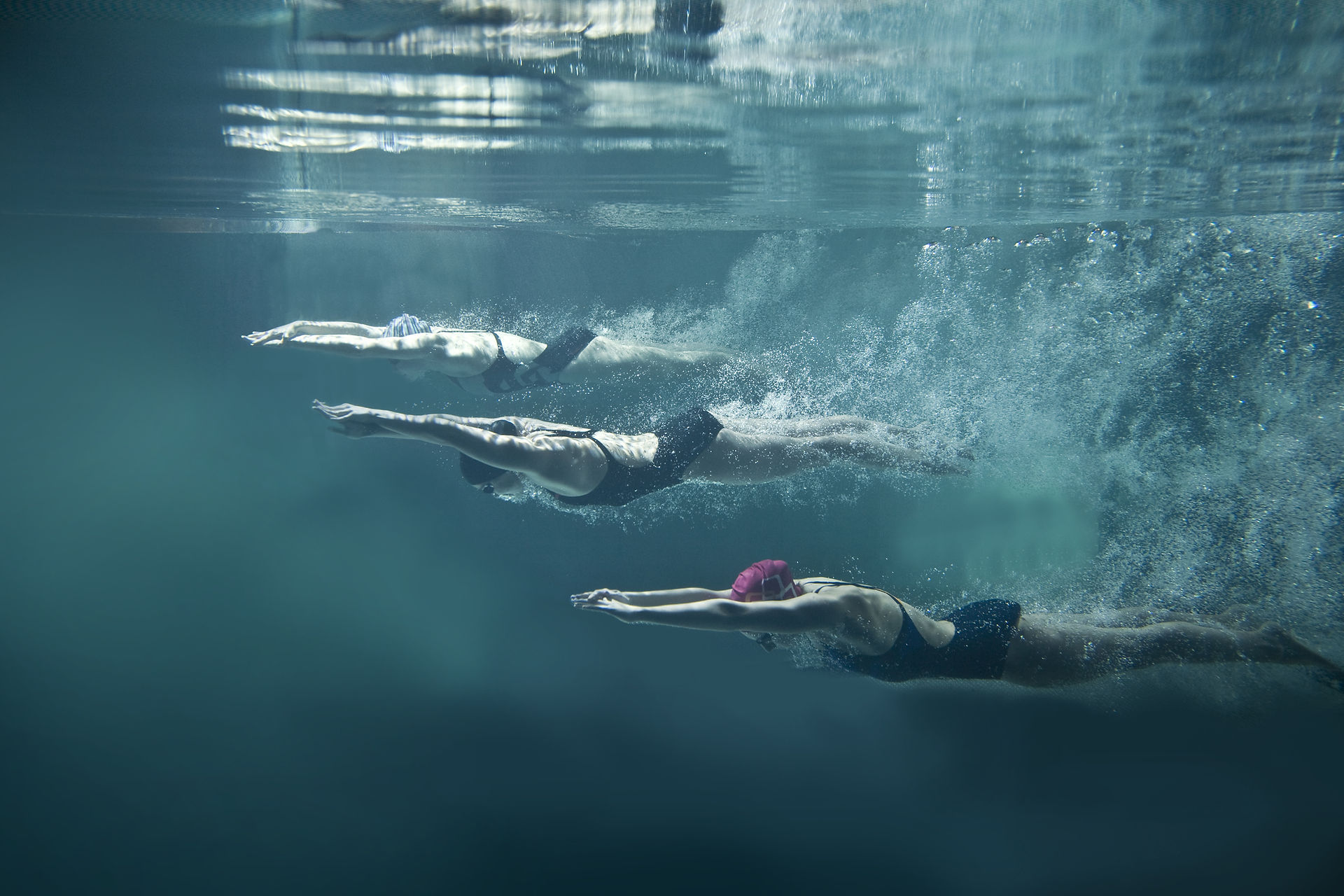

Kate Chen's homepage
It is not the critic who counts; not the man who points out how the strong man stumbles, or where the doer of deeds could have done them better. The credit belongs to the man who is actually in the arena, whose face is marred by dust and sweat and blood; who strives valiantly; who errs, who comes short again and again, because there is no effort without error and shortcoming; but who does actually strive to do the deeds; who knows great enthusiasms, the great devotions; who spends himself in a worthy cause; who at the best knows in the end the triumph of high achievement, and who at the worst, if he fails, at least fails while daring greatly, so that his place shall never be with those cold and timid souls who neither know victory nor defeat.
~ Theodore Roosevelt




Kate Huihsuan Chen 陳卉瑄
Professor,
Department of Earth Sciences, National Taiwan Normal University.
Office: +886-2-77496400
Address: No.88, Sec. 4, Tingzhou Rd., Wenshan District, Dep. of Earth Sciences, National Taiwan Normal Univ., Taipei 11677, Taiwan
Contact: katepili at ntnu.edu.tw
研究方向
陳卉瑄在地球物理領域的專長為觀測地震學及斷層活動監測。近年來的研究主軸在偵測分析各種特殊的地震訊號及其活動特徵,以探索斷層帶構造和地震行為之間的關係。
本團隊的研究方向依不同時間尺度的斷層滑動模式,可區分為: 數秒的動態地震滑動、數分鐘或數天的長微動、及數年以上的震後滑移或無震滑移。依不同地震行為,主要觀測對象則分別為: 重複地震(repeating earthquake)、隱沒帶導波事件(slab guided wave events)、長微震(non-volcanic tremor) 、及群震(earthquake swarm)。這些活躍的地震現象,提供了獨特機會,讓我們深入理解他們的時間空間特徵: 可能的發震機制為何? 這些機制有沒有放諸世界皆準的行為? -其對應的變形行為與地震活動的關係? 如何進一步監測深部的變形行為?
2017年至今,本團隊新發展方向,為利用機器學習進行快、慢地震的自動分類,同時並進行環境振動監測模組(軟硬體)的研發。
除科學研究之外,市民地震學亦是本人與中研院地球所梁文宗博士自2013年以來,努力經營和開拓的推廣之路。"台灣地震學園"平台亦因應而生。我們希望將地震科學配合防災知識介紹給中小學教師、學生和社會大眾。題材包含了平易近人的地震海嘯故事、地震線上遊戲、和地震桌遊,目的在提供和中小學教師的教學材料、培養學生的科學素養和防災意識 (近期推廣演說) (中文介紹)。請參考本網頁: http://katepili2003.wixsite.com/future-eq-school
Research interest
I am Kate, now a professor in Department of Earth Sciences, National Taiwan Normal University.
My research is primarily focused on earthquake seismology, mainly the physics of seismological phenomena associated with different styles and mechanisms of slip in natural fault systems. The main question we ask is what control the recurrence and triggering behavior of fast/slow earthquakes. To answer that, we have developed repeating earthquake and tectonic tremor catalogs in Taiwan. Along with worldwide observations, we aim at building more fundamental insight into the generation mechanism of repeating earthquakes and deep-seated tremors.
Some other research projects can be found here.
I am also devoting myself to earthquake science educational outreach, called "citizen-seismologists-in-Taiwan" project. The purpose of this long-term project is to elevate the quality of earthquake science education by means of incorporating earthquake/tsunami stories and educational earthquake games into the traditional curricula in schools. In order to build an earthquake school in the cloud where the teachers can teach earthquake easily and kids can learn earthquakes with fun, we aim at not only having volunteers install cheap and novel QCN sensor at home and school, but also having them to report earthquakes information by processing P- and S-wave arrivals, peak ground motion, and first motion of P-wave through a near-real time earthquake games competition.
NEWS
2025/10 Recent work published in Nature Communications:
Aseismic slip and seismic swarms leading up to the 2024 M7.3 Hualien earthquake!
(open access)
2024/2/11 Newly published paper in GRL!
Spatiotemporal characteristics of tectonic tremors in a collisional orogen of Taiwan
(open access)
2023/9/13 keynote speech in slow-to-fast earthquake workshop in Japan:
The interplay between fast and slow earthquakes and its association with
fluid pressure cycling
in a collisional mountain belt
2023/9/11 Newly publisher paper in JGR!
Fault Coupling on a Creeping Thrust Fault: Joint Inversion Using Geodetic Data and Repeating Earthquakes (link)
2023/2 Newly publisher paper in EPS! (2023/2)
Segmentation characteristics of deep, low-frequency tremors in Shikoku, Japan using machine learning approaches pdf here
2023/1 Newly publisher paper in BSSA!
Dynamic Characteristics of TAIPEI 101 Skyscraper from Rotational and Translation Seismometers pdf here
2022/1 Newly publisher paper in Scientific Reports!
Characteristics and origin of environmental shaking in the Taipei metropolitan area pdf here
UCBerkeley (BSL) seminar talk
(2021/4/27 )
The nature of a dip-slip creeping fault in Taiwan:
How and where it creeps
NTU case Lecture
(2021/11/17 )
用AI解鎖慢地震















